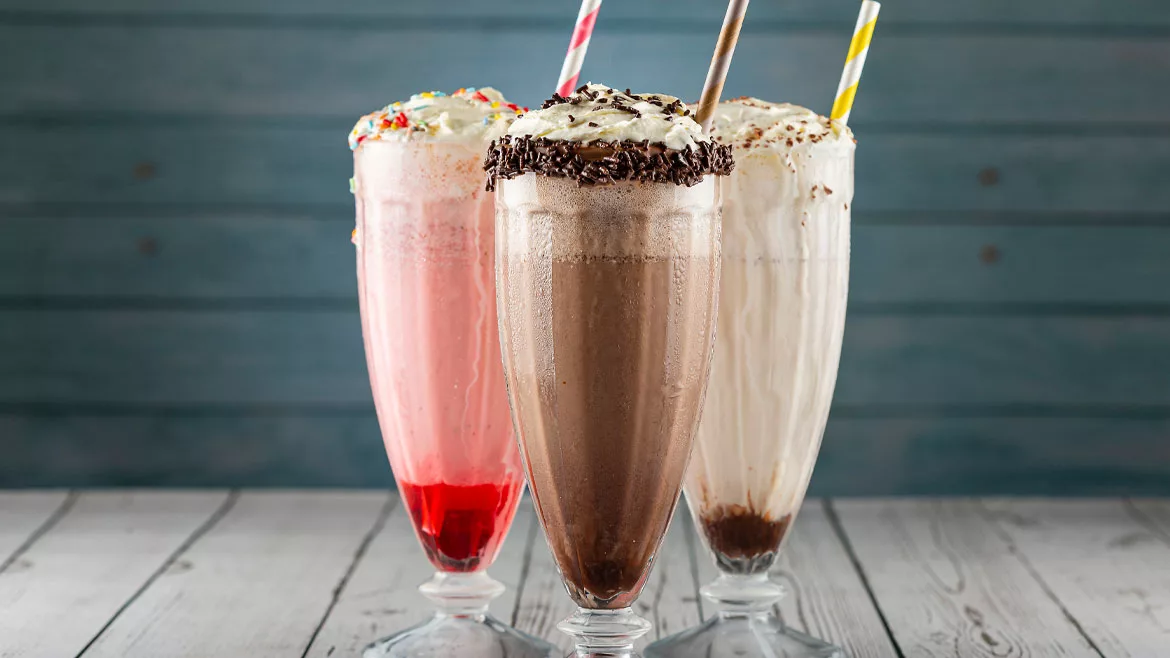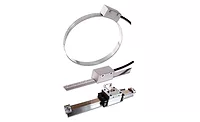Advanced technology drives automated guided vehicles
Speed, cost savings among benefits of infrastructure-free navigation


Although automated guided vehicles (AGVs) and automated guided carts (AGCs) have been in the market for more than 40 years, a renewed interest has emerged in “true robotic systems” that consistently and predictably transport loads of materials to places that might otherwise be serviced by manually driven forklift trucks, conveyors or manual cart transport, experts say.
“Interest is soaring,” says Laura McConney, marketing coordinator at JBT Corp., Chalfont, Pa. “Customers no longer wonder whether they should install AGVs. They know they need them and just want to develop the best implementation plan. Customers are well beyond considering beta site testing and have moved onto enterprise-wide deployments.
“Additionally, we’re seeing AGVs equipped with very advanced technology,” she continues. “The traditional AGVs that people typically think of when they hear the name are long gone and have been replaced by true robotic systems. Advances have been made in AGV guidance, safety systems and the transition from manual trucks. It’s easier than ever to install an AGV system. Plus, as Industry 4.0 begins to truly take hold, customers are becoming more and more comfortable with fully automated solutions, and a lot of the fear associated with installing AGV systems is dissipating, which has also contributed to increased interest.”
As beverage manufacturing and distribution operations face labor availability and turnover challenges, demand is rising for autonomous vehicles. Experts expect this pace of change to accelerate as artificial intelligence and machine learning continue to advance.
Shelley Bell, industry manager at Greenville, N.C.-based Yale Materials Handling Corp., notes that the newest trend — robotic lift technology — outfits standard lift trucks with infrastructure-free navigation technology, allowing for autonomous functioning.
“They can work alongside human beings in a practice known as ‘cobotics.’ Their deployment allows labor to be redeployed to more value-added roles, leaving robotic lift trucks to handle repetitive, low value-added tasks like point-to-point materials transport,” Bell explains. “Yale robotic lift trucks are designed with the dual ability of operating independently and being able to change to manual mode with the touch of a button in the event of an unplanned/unique requirement.
“… Another recent innovation is robotic lift trucks capable of vertical movement,” she continues. “This innovation offers increased versatility to accomplish a variety of warehouse tasks using a single robotic lift truck. Our most recent release, the Yale MC10-15 counterbalanced stacker, not only executes point-to-point horizontal transportation, but [also] vertical movement — autonomously retrieving or depositing pallets from elevated spaces and enabling operations to make use of available vertical space.”
The technology used in robotic lift trucks does not require installation of extra infrastructure, reducing startup time and cost. It also easily adjusts to changing layout configurations, she adds.
As technology advances, the days of a mobile robot following physical markers, like magnets, tape or other infrastructure to navigate with a pre-defined path, might become a thing of the past, according to Bryan Knott, senior global product manager at the Mobile Automation Center of Excellence for Grand Rapids, Mich.-based Dematic, a Kion company.
“Think of it this way, instead of the vehicle following a line on the floor, whether real or virtual, the vehicle is instead told where the walls and equipment are and [where it is] allowed to travel within the open space so long as it doesn’t encroach on the safety fields or bubble of the vehicle previously established,” he explains.
When choosing an AGV system, Knott says that the breadth of the plant’s beverage material handling experience must be taken into account along with an assurance that the solution integrates with existing technologies to further reduce dependence on manual interaction.
Navigational prowess
Warehouse execution and warehouse management system (WES/WMS) software also are crucial.
“You are buying a ‘solution,’ not a vehicle or technology,” Knott explains. “A new navigational technology or unique vehicle design should be coupled with demonstrated, successful material handling competencies. Whether it is production, packaging, finished good storage or automatic truck loading, there are several unique challenges to this industry that can mean the difference between an installation and commissioning running smoothly or dragging productivity down.”
Choosing the right provider also is key. “[T]hose who focus on the nuances of real-world applications and installations will last,” JBT’s McConney says. “These providers know which products and technology best fit a specific project. After all, if you’re looking to invest in an AGV system, you want it to solve a problem, not just serve as a cool toy.”
According to McConney, the typical applications for AGVs in beverage facilities include the storage of raw materials, work-in-process (WIP) and finished goods in the warehouse; delivery of raw materials and WIP to the lines from the warehouse; automated trailer loading/unloading of finished goods/raw materials; and storage and retrieval of pallets in racking, storage lanes and staging areas throughout the warehouse.
Experts note the benefits of AGVs include flexibility, improved labor efficiency, just-in-time material delivery to production, first-in-first-out management of finished goods, and reduced dependence on manual labor while meeting return-on-investment (ROI) thresholds.
“For multi-shift operations, beverage manu-facturers can see a ROI in as little as 12 to 18 months,” Yale’s Bell says.
JBT’s McConney also points to the cost savings and increased safety that come with AGVs. “Installing an AGV system ends up being about $2.50 per hour in equivalent labor rate, which is a great investment for most businesses. However, AGVs also improve safety, increase productivity, reduce product and plant damage, and provide better material tracking throughout the entire facility,” she says.
When it comes to the types of AGVs in the market, beverage companies have a wide array of options at their disposal. For example, JBT offers forked-style AGVs that resemble traditional forklifts and are suited for handling pallets, racks and rolls; towing/tugger AGVs can be manually or automatically loaded and are able to move more than one load at a time; and unit load AGVs, which commonly use conveyor beds and directly interface with other conveyors throughout a facility.
In partnership with Kion, which also acquired Egemin Automation, Dematic offers more than 20 standard AGVs, including simple tuggers, reach-style trucks, very-narrow-aisle or turret-style forklifts, dual-use or automated manual forklifts, as well as custom-designed vehicles to fit specific customer needs.
“This portfolio coupled with WES/WMS software capable of integrating with almost any [enterprise resource planning] (ERP) system today and our experience, specifically in the beverage industry with some of today’s top brands, is unparalleled,” Knott says.
In addition to the aforementioned MC10-15, Yale offers the MPE080VG end-rider and MO70T tow tractor, each equipped with Driven by Balyo technology that enables infrastructure-free navigation with no tape, wire or magnets for guidance, Bell says.
Due to a wide array of safety laser scanners, today’s AGVs are safer, with speed-controlled, predicted and accurate movements to 25 inches, Dematic’s Knott says.
JBT’s McConney notes that the company’s AGVs are particularly safe. “Using 360-degree obstacle detection sensors, they stop whenever they approach an object or pedestrian,” she says. “... Facility personnel get very comfortable around AGVs and prefer them to manual vehicles.”
Labor challenges also will drive future advancements of AGVs in the beverage industry, according to Knott and Bell. BI
Looking for a reprint of this article?
From high-res PDFs to custom plaques, order your copy today!





